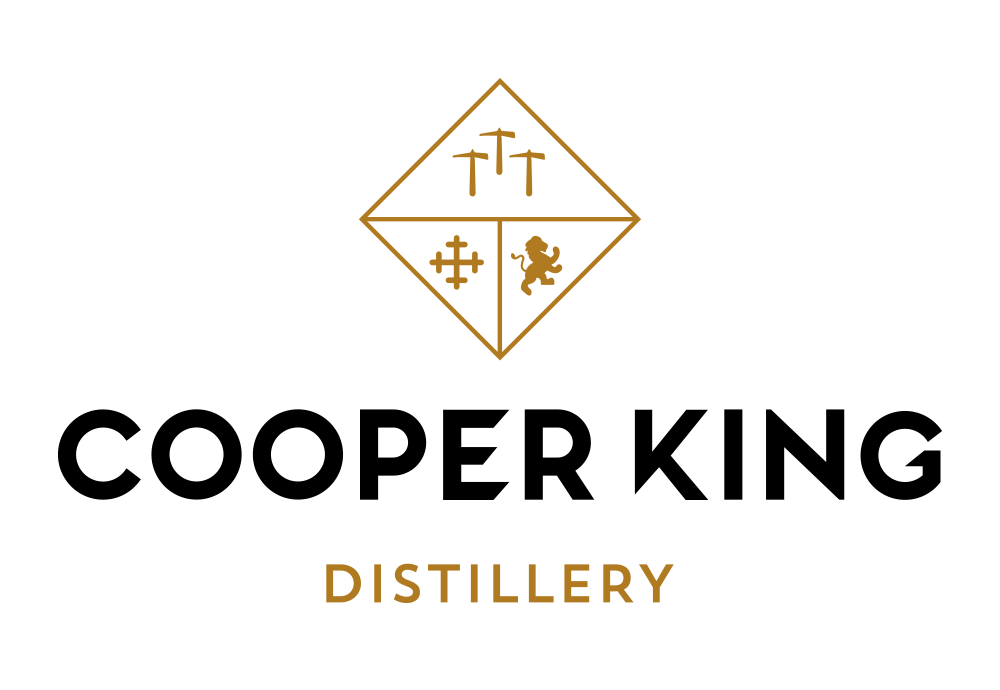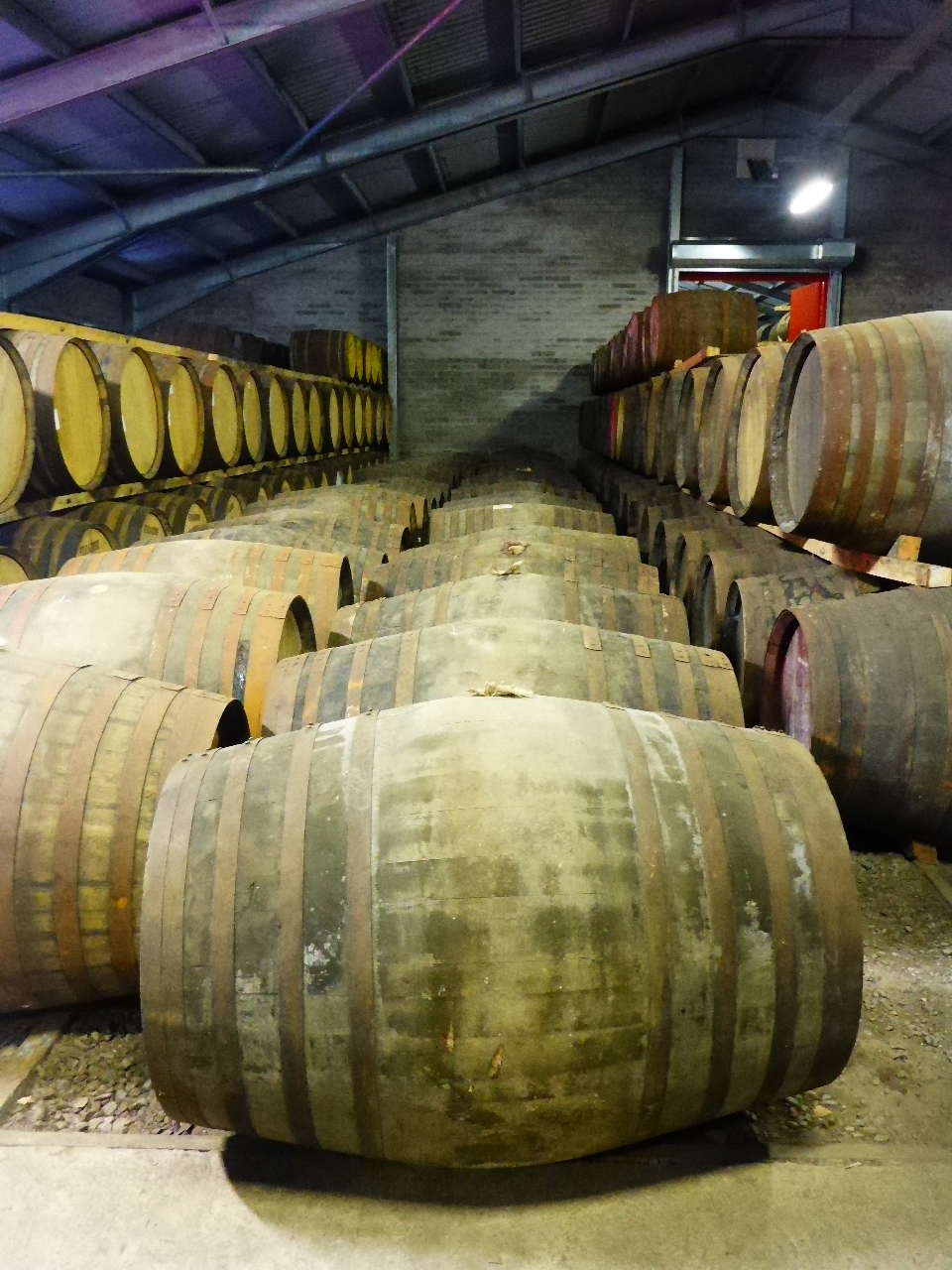Whisky Myths
There is a great deal of mysticism surrounding whisky. Before we delve into the depths of what whisky is and how it's produced (a future blog), we thought we'd tackle the three most common myths...
Myth #1 - A Distillery Needs Its Own Natural Source of Water to Make Good Whisky
The water for a distillery does not need to come from a loch, a spring, or a crystal clear mountain lake. It can, and often does, come from a municipal water supply. This is because a distillery’s water supply only needs to be two things: plentiful and reliable.
As water can be adapted to the required specification via filtration (i.e removal of contaminants and taints), the source used is not an indicator of the final quality of the whisky.
The world's best single malt in 2014 was made using mains water.
There is a great deal of argument around the importance of water, which we won’t go into here. According to Douglas Murray, master blender at Diageo (the world’s largest spirit producer), the idea that water affects the taste of whisky is "the biggest myth that we, as an industry, have perpetrated". There you have it, from the horse's mouth.
Myth #2 - All Whiskies Obtain Their Colour Solely From the Casks They’re Matured In
Many whiskies around the world (including Scotch) are permitted to, and do, contain colouring to improve their appearance. E150a, or caramel colouring, is added before the spirit is bottled and allows mass-producers of whisky to achieve colour uniformity across their products. If you’re not convinced, see the UK Government’s law permitting its use in Scotch here (section 3(1)(h)). It’s hotly debated whether or not the caramel affects the flavour of the spirit. Some distilleries are avidly against its use, so their whiskies obtain 100% of their colour from the cask. In some countries the addition of flavouring is also permitted by law. In Canadian whisky for example, wine, sherry, whisky and other spirits may be added.
Myth #3 - Older Whisky is Better Whisky
The purpose of maturation is to reduce the impurities present in the spirit, allow the extraction of flavour components from the wood and allow the formation of new flavours through chemical reactions within the spirit. The rate at which this happens depends on many factors, including the character of the spirit, the size of the cask and the maturation conditions – temperature, humidity and ventilation, for example.
Commonly whisky is aged in casks 200-250 litres capacity, but can be up to 700 litres - (the EU legal maximum). Because there is a large volume of liquid compared to the internal surface area of the cask, it can take many years - often 10 or more - for the spirit to reach maturation. The same volume of spirit stored in several smaller casks would reach maturity in less time if all other conditions were kept the same. The greater surface area of wood available to the spirit permits a faster rate of maturation.
Many New World distilleries (those outside of Scotland, Ireland, Japan, America and Canada) are ageing their whiskies in small barrels and in warm climates. This increases the rate of maturation meaning it’s possible to have a stunning, characterful whisky in less than 10 years. Don’t just take it from us: in the 2016 World Whiskies Awards, half of the world’s best single malts were 10 years or younger, with many No Age Statement (NAS) whiskies scooping awards.
So it’s not the age that's important, but whether the whisky is mature.
In the next blog we explore the definitions of whisky (i.e. blended, single malt, blended malt, bourbon and Scotch etc.).



